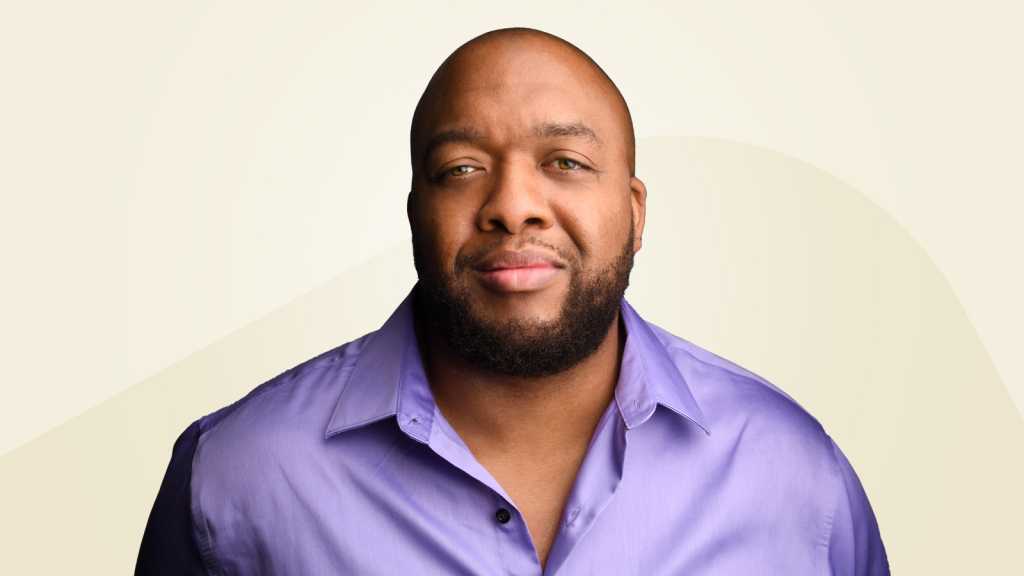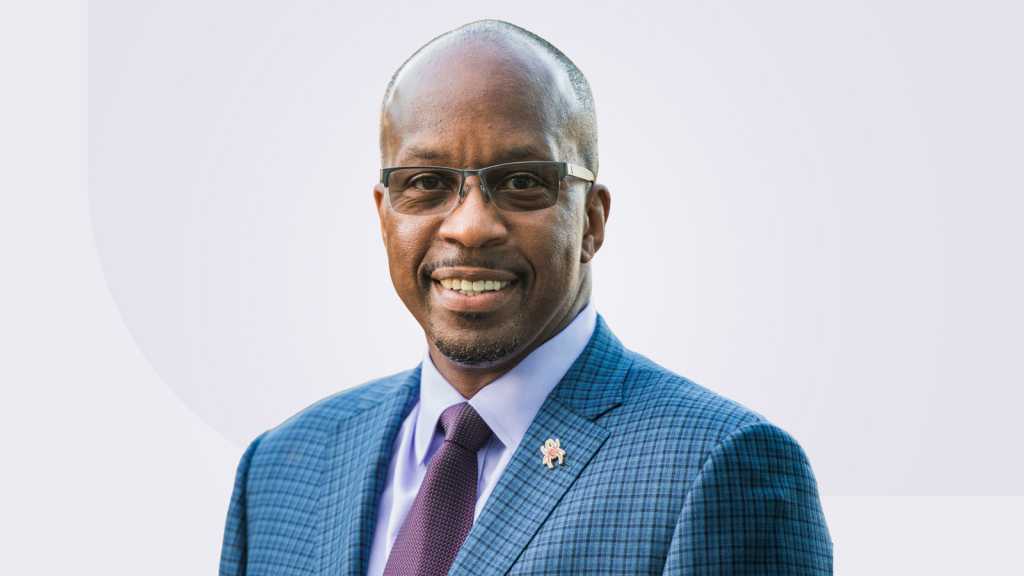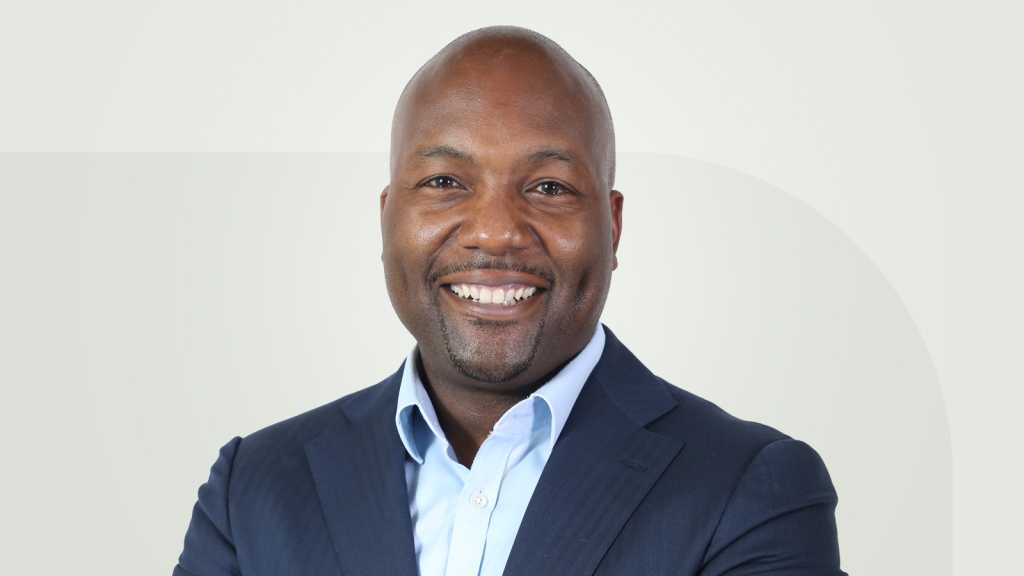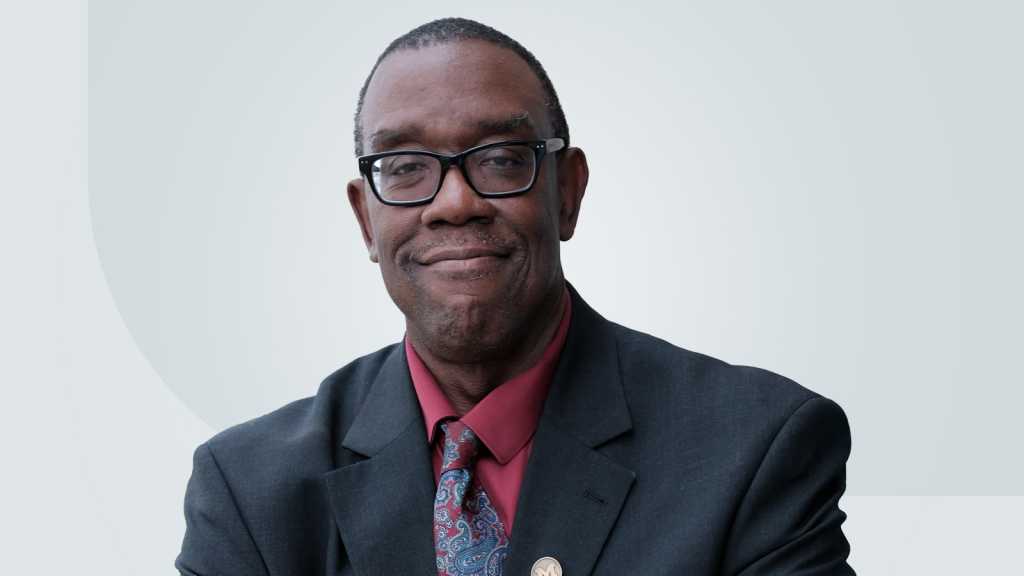An increasing number of companies in the technology sector and beyond are ending or scaling back diversity, equity, and inclusion (DEI) programs despite research that has shown that DEI efforts have a positive impact on business outcomes.
According to the November 2023 report Diversity Matters Even More from management consulting firm McKinsey & Co., “leadership diversity is also convincingly associated with holistic growth ambitions, greater social impact, and more satisfied workforces.”
It further states that “businesses with diverse executive teams and boards continue to show a competitive edge. Such companies are significantly more likely to outperform financially, while the impacts of lagging in this area grow.”
Such findings reinforce what Black IT leaders have seen firsthand: that both individuals and organizations do better when they embrace diversity.
“Whenever you have groups with a diversity of thought, background, and perspectives, you get a much more wholistic analysis of an issue. You don’t have the groupthink that might occur when you have only one group or only one perspective,” says Christopher Kunney, managing partner and digital transformation strategist of IOTech Consulting and a distinguished healthcare technology thought leader and strategist. “A diverse workforce allows you to get those different perspectives.”
That broad perspective is particularly important to the success of technology initiatives, Kunney says, as tech “affects all communities, so we have to meet communities where they are.”
That means understanding, for example, how a technology will be used and the barriers to its adoption among various demographics, whether they be multilingual users, the growing senior population, or another group.
Diversity equals better outputs
Christopher Lafayette, an emergent technologist and humanitarian, credits DEI initiatives for helping to address such challenges.
He says bringing diverse individuals to an ecosystem creates a culture of diverse ideas and perspectives, which in turn yields better outputs for the organization.
“When you build a more polycultural ecosystem, you’re inheriting a polyculture of ideas,” he explains.

Christopher Lafayette, emergent technologist and humanitarian
Christopher Lafayette
Lafayette says he advocates for “cross-cultural integration, intercultural development, and ecocultural expansion” — that is, environments populated by diverse individuals.
“You’ll always hit a ceiling if you’re building a monocultural product. But a full culture develops the best products, it makes products so much stronger,” says Lafayette, an international speaker and author of The Surviving in Silicon Valley book series.
Lafayette says that “full culture” is particularly important for technology development, and he points to the development of artificial intelligence systems to illustrate the benefits inclusivity brings. An inclusive environment helps ensure the datasets used to train AI are inclusive and complete, thereby helping ensure that the AI systems produce the highest quality outputs, he says.
“We must be mindful now of the cultural inheritance that machines will bring. If we’re going to get this right when it comes to AI, we have to have clear alignment with how we want to carry this forward,” he explains. “You can never have contributions from all cultures, because every person represents a culture. But [organizations building AI systems] should enable more diverse cultural input. And more cultural representation has to be part of developing artificial general intelligence because it will touch everyone.”
Lafayette credits Apple’s success in the global market in part to the company’s inclusive policies. (Apple has been defending its diversity policies and is currently countering a proposal to ends it DEI initiatives.)
“They understand that they’re dealing with a global culture, so they champion inclusivity. They understand the value of a culture of ideas. They get the importance of a cacophony of ideas,” Lafayette adds.
Inclusive leadership boosts problem-solving, opens minds
Like Lafayette, University of Richmond Vice President and CIO Keith W. “Mac” McIntosh says he thinks about diversity broadly and often uses terms other than DEI to describe his efforts.
“I think about leading inclusively,” McIntosh says.
To do that, he uses a tool called the “Diversity Wheel,” a graphic developed by Marilyn Loden and Judy Rosener in 1990. It uses concentric circles to represent the various layers (internal, external, organizational, and historic era) that shape an individual’s identity.

Keith W. “Mac” McIntosh, VP and CIO, University of Richmond
University of Richmond
“When I lead, I’m a privileged person. And so as I bring new people in, I’m thinking about how I am casting a wide net to bring in a wide array of talent. Those are inclusive principles,” he explains.
McIntosh has seen the impact of such efforts.
As a new CIO at a prior employer, he met with each team member. He learned through those meetings that women, who made up about a third of the staff, did not feel seen or heard. “I heard that from pretty much all of them,” he says.
McIntosh partnered with a sociologist to introduce inclusive principles that would help maximize each team member’s talents and ensure the environment wasn’t undermining anyone’s ability to contribute.
“We wanted to make sure all were seen, valued, and heard,” he says.
The effort improved the team’s morale as well as individual team member contributions. He got proof of that when a junior female staffer sought him out to suggest a possible solution for a strategic initiative that had hit a roadblock.
“She solved the problem, and I don’t think she would have felt comfortable stepping forward before,” he says.
McIntosh adds, “Inclusive leadership isn’t about quotas or optics; it’s about creating conditions where every team member can thrive.”
He has led inclusively to positive results at his current organization, too.
For example, a program has each team member serving on one IT initiative that aligns with the individual’s skills and serving on a second IT project that’s a stretch.
McIntosh explains that he takes this approach to ensure all talent is developing and gaining exposure. The approach also tamps down on groupthink and biases that can come up when the same people work on the same teams and projects all the time.
McIntosh has seen other inclusive efforts bring benefits. He points to the weekly group he started for “cross-cultural conversations” as an example. He started the group after the 2017 Unite the Right rally in Charlottesville, Va.
“I said, ‘Let’s talk about it.’ It started in my own division and my team unpacking it, and then it transitioned into other topics and people outside our division joining,” he says.
Called Intersections, it meets virtually for an hour every Wednesday at noon “to discuss the ‘-isms’ of today and their roots in the past,” McIntosh says. It’s open to staff, faculty, and students. Topics scheduled for upcoming discussions are AI and Humanity, Shared Equity Leadership, The Past as Prologue, Gender and Identity, and Environmental Justice.
One participant told McIntosh that the program had challenged the stereotypes he had learned growing up and has helped him “see the world differently,” and another participant told him the group has helped her feel more confident and competent when engaging in tough discussions.
Inclusive teams lead to products with broader appeal
Ibrahim Jackson, board chairperson for the Information Technology Senior Management Forum (ITSMF), which works to increase the representation of Black professionals at senior levels in technology to impact organizational innovation and growth, has a similar story.

Ibrahim Jackson, board chairperson, ITSMF
ITSMF
He was working with a client company on the development of an AI-enabled e-learning platform whose avatars were all “traditional middle-age white cisgender males.” Jackson attributed the avatars’ homogeneity to the development team looking the exact same way and the fact that “they were using datasets that weren’t inclusive.”
Moreover, company leaders hadn’t noticed the lack of diversity in its product’s avatars until one of Jackson’s ITSMF team members brought it to their attention.
The negative consequences could have been high: “It’s speculative, but [the lack of diverse avatars] for a product built for an American audience could mean a lower rate of engagement,” says Jackson, who is also founder and CEO of Ubiquitous Preferred Services.
Company leaders sprinted to get additional datasets to create better representation within the product, using an ITSMF team for quality assurance to make sure their efforts yielded diversity that matched that of their potential customers, Jackson adds.
Although diversity efforts can boost business metrics, Jackson says he has witnessed how such efforts impact individuals, too.
Jackson recounts the time he gave a talk on inclusivity, equality, belonging, parity, and justice at a manufacturer, where he sought to break down assumptions.
“I said, ‘At the end of the day it doesn’t mean if you’re white, you’re wealthy, or if you’re Black, you’re a Democrat, or that if you have friends who are part of the LGBTQ community that you’re exploring. It’s just people are people,’” Jackson explains.
He spoke to the uniqueness of all individuals and the inclusivity being a culture where everyone belongs. He adds, “Diversity for me just means people.”
Jackson says a man approached him afterward first confiding that he only attended the talk because it was mandatory and then saying, “I didn’t think you and I could have anything in common. But you opened my mind.”
“He seemed to take away the ability to be more collaborative with people who didn’t share his identity,” he says.
‘Inclusive excellence’ advances careers, organizational success
Robert Scott, ITSMF vice president and dean of its Global Institute for Professional Development, defines “diversity” as “having a robust mix of people from all different backgrounds that brings diversity of thought and capabilities.”

Robert Scott, vice president, ITSMF
ITSMF
He acknowledges that diversity “does include things that are flashpoints today such as gender, race, and orientation, but it’s also diversity of thought and educational diversity.”
He adds, “Diversity is just having a mix. Equity is all about treating those folks on a level playing field. And inclusion is about making people feel like they belong and that they’re treated equitably.”
As for the benefits produced by those concepts, he points to research from University of Michigan professor social scientist Scott Page that shows diverse teams operating in an equitable and inclusive environment routinely outperform homogenous teams in terms of business results, creativity, and innovation.
Scott knows it takes work to create equitable and inclusive environments where diverse individuals can succeed.
He mentored a Black woman whom he says thought hard work alone would get her ahead. Like others who have historically been shut out of the executive ranks, she didn’t realize that she needed more to advance. Scott advocated for her and she eventually became a CIO.
Scott coached her on the fact that image and exposure are also needed to progress into management and executive tiers; hard work, how you do that hard work, and who sees it all matter.
But image and exposure involve mentoring and sponsorship, which is where many people — particularly first-generation professionals and those from underrepresented groups — can be shut out.
If you don’t have access to potential mentors and sponsors “because you’re not included and you don’t feel like you belong, if people don’t engage you, if you’re not invited to the weekend golf outing or out with the group because you’re not welcome there, then you won’t advance,” Scott explains.
ITSMF programs such as corporate workshops help show companies those obstacles and give them strategies for removing them, he says.
“That’s the power of DEI,” he says, noting he uses the term “inclusive excellence” to describe such work.
See also:
Read More from This Article: Black IT leaders weigh in on what DEI means for IT
Source: News

